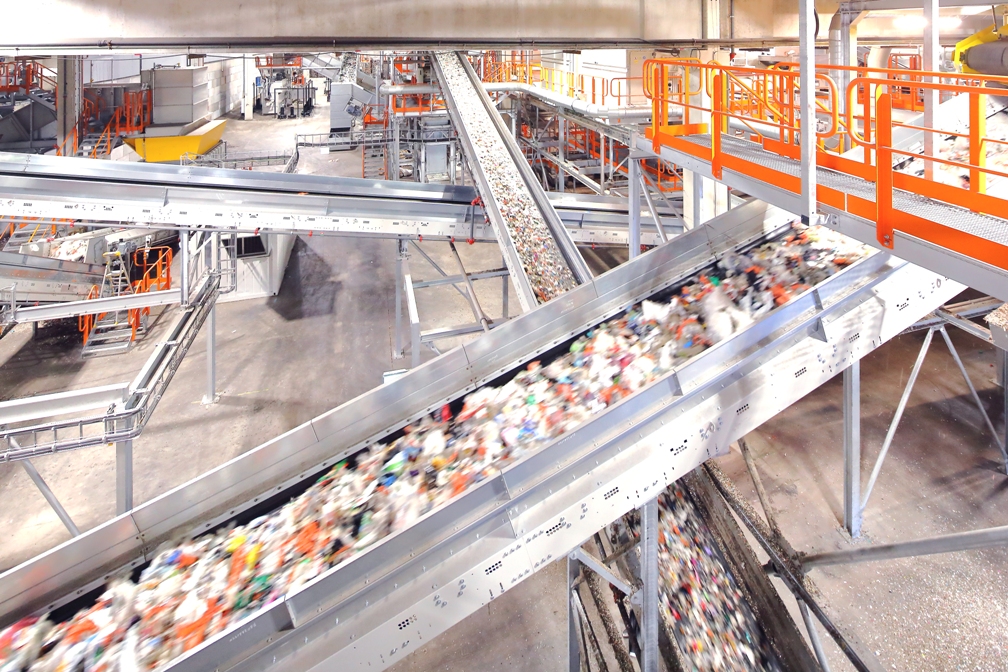City of Motala invests in Site Zero recycling plant to take the circular economy to the next level for household waste
Swedish Plastic Recycling is investing a billion Krona (about 85 million pounds) into building the world’s largest and most modern facility for plastic recycling, Site Zero. The facility will be able to recycle all plastic packaging from Swedish households and make plastics circular – completely without any CO2 emissions.
Positioned in the city of Motala, Site Zero is seen as a major step in the right direction towards climate neutrality and is expected to be completed as early as in 2023. The site is being constructed on the basis of the existing facility in Motala, which is already the most efficient in Europe, but is deemed to be lacking the “last mile” in terms of totally eliminating plastic waste.
Part of the quest to recycle everything is fulfilled by doubling existing capacity to the tune of 200,000 tonnes of packaging per year. “This creates the conditions needed for receiving and eventually recycling all plastic packaging from Swedish households,” says Mattias Philipsson, CEO of Swedish Plastic Recycling.
Thanks to cutting-edge technology, it will be possible to recycle practically all types of plastic. Today the facility can manage four types of plastic – in the future Site Zero will make it possible to sort and recycle twelve different types. Any small parts of plastic that remain after the sorting process are separated to be sent to chemical recycling, or to become new composite products. At Site Zero, zero packaging goes to incineration.
The operators of the site say that there’s no other facility in the world that has that capability and it doesn’t stop there, Swedish Plastic Recycling is also preparing for washing and granulation of the plastic in phase two, which is planned for 2025..
Site Zero will be completely climate neutral with zero emissions. The facility is powered by renewable energy, and the small amount of plastic and other waste that cannot be recycled will be sent to energy recovery without climate emissions, so-called CCS (Carbon Capture Storage). There are also plans to produce renewable energy by covering the building’s large flat roof with solar panels.
Covering approximately 60,000 square metres, the site will house 5km of conveyor belts and will deploy near infrared sensor technology for process monitoring and control. It will also create an additional 100 jobs in the region.

